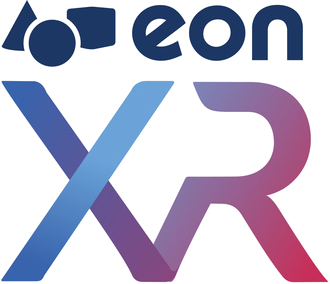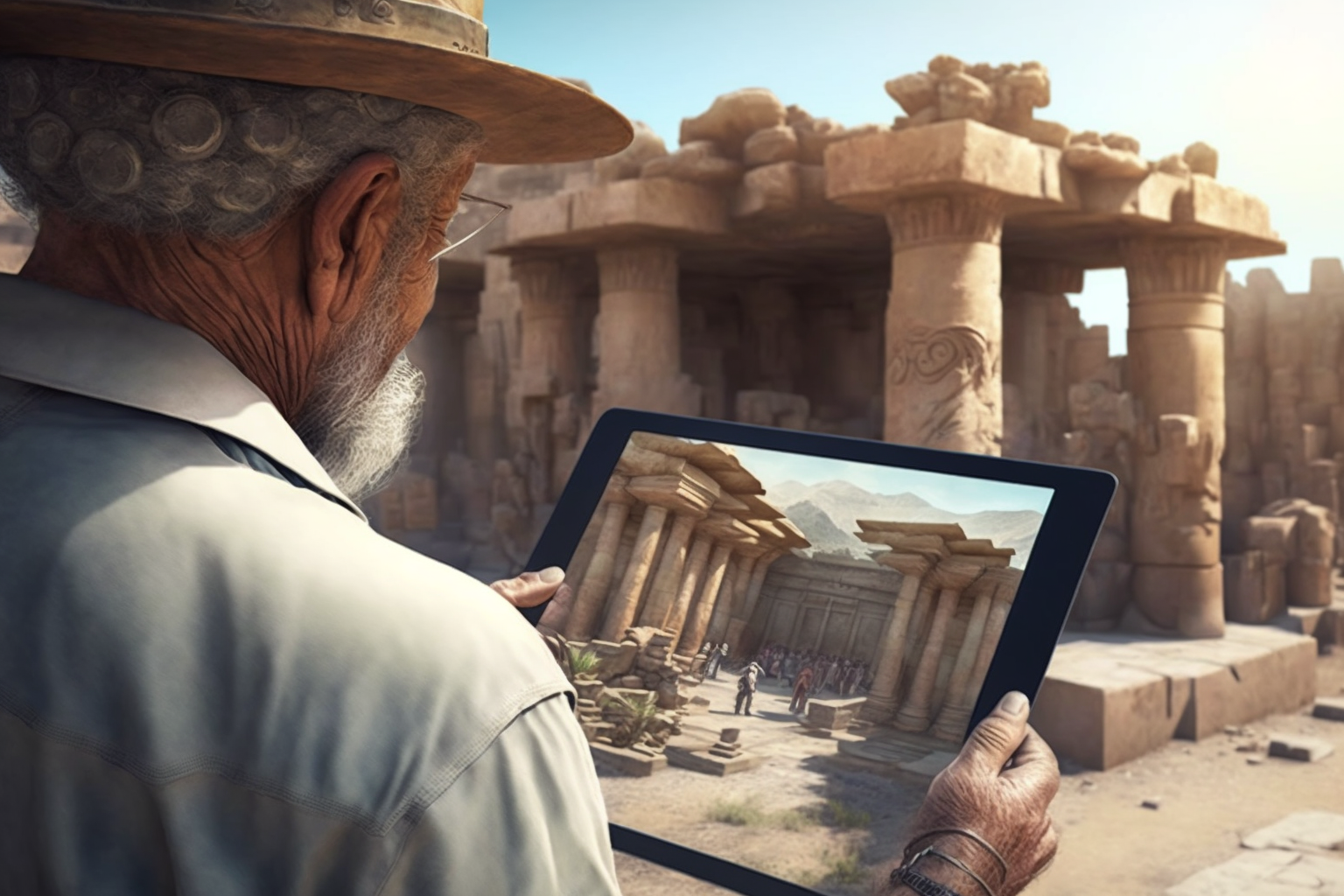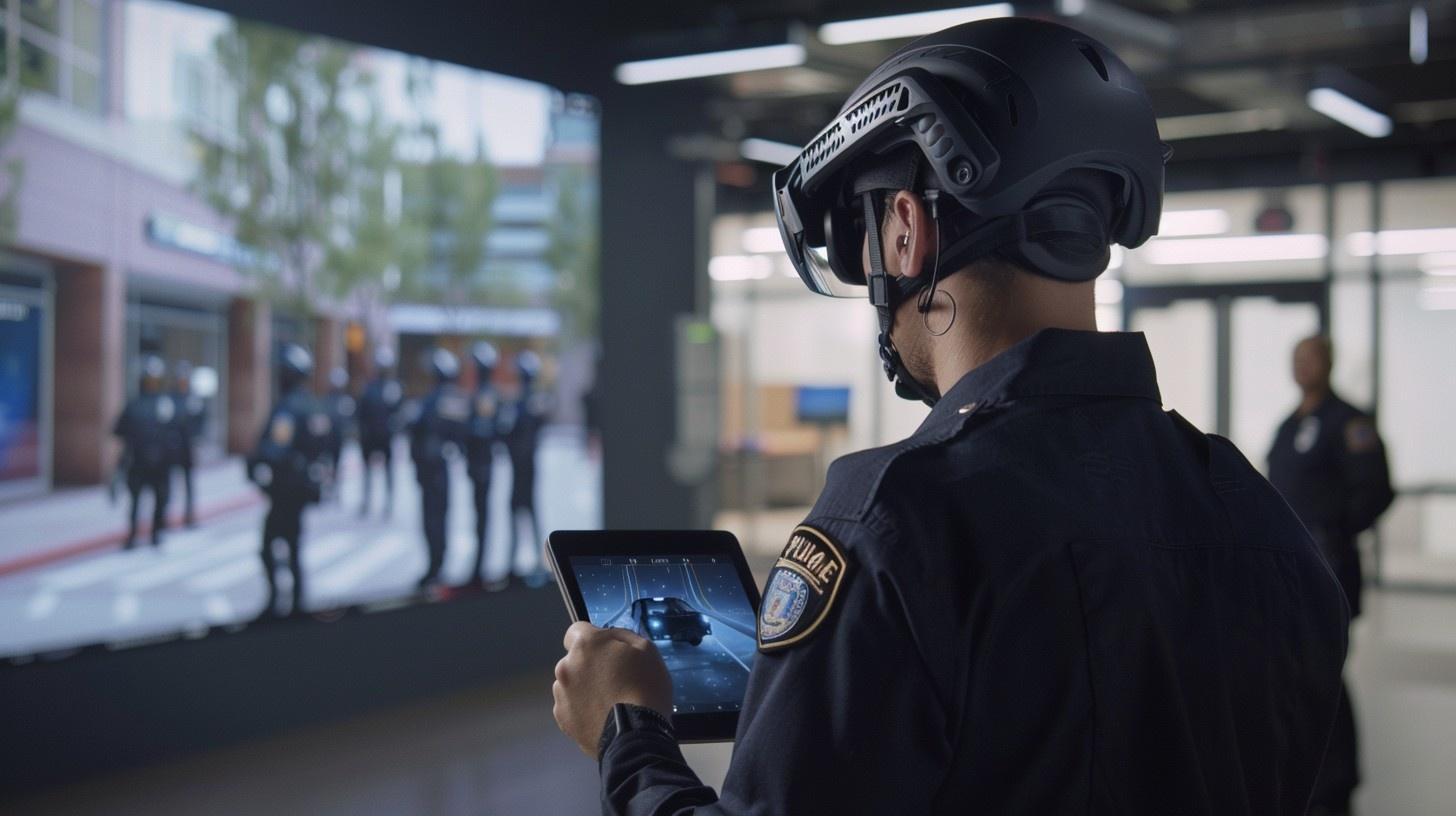Virtual Reality (VR) and Augmented Reality (AR) offer healthcare professionals a chance to practice and refine their skills in safe, controlled environments. This paper discusses the effectiveness of VR and AR simulations in enhancing medical training, backed by empirical data and real-world applications, and explores their growing role in the medical field.
Introduction
Medical training has traditionally been a hands-on experience, relying on cadavers, simulations, and clinical settings. With advancements in VR and AR technologies, the medical field has seen a significant shift towards virtual simulations. These technologies offer the ability to practice complex procedures and enhance decision-making skills in realistic, yet risk-free, environments. This paper examines the growing use of VR and AR in healthcare training, their effectiveness, and their impact on improving clinical outcomes.
Enhanced Clinical Skills Through Immersive Learning
One of the primary advantages of VR and AR in medical training is the ability to simulate real-life clinical scenarios. VR simulations create fully immersive environments, allowing healthcare professionals to rehearse procedures multiple times without patient risk. A study by the Imperial College London found that surgeons who trained using VR simulations showed a 230% improvement in performance compared to those trained with traditional methods【1】. This shows that VR is an effective tool for honing technical skills and increasing procedural accuracy.
AR also plays a pivotal role, particularly in surgical training. By overlaying 3D digital models of anatomy onto a patient’s body, AR provides real-time guidance during complex procedures. According to research published in The Journal of Surgical Education, AR enhanced spatial awareness by 42%, helping surgeons make more informed decisions during procedures【2】. These findings underscore the potential of AR to improve clinical decision-making and reduce the risk of surgical errors.
Decision-Making and Speed in Critical Scenarios
Beyond technical skills, VR and AR simulations are crucial for developing fast, accurate decision-making in high-pressure environments. In emergency medicine, where quick thinking is often the difference between life and death, VR simulations have proven effective. A study by the University of Maryland found that healthcare professionals trained in VR scenarios made decisions 27% faster than those trained using conventional methods【3】. This advantage is particularly valuable in trauma care, where every second counts.
VR environments that simulate emergency situations, such as heart attacks or severe trauma, help doctors and nurses practice their responses without the stress of real-life consequences. This controlled exposure to high-stress environments is vital for training professionals to stay calm and make swift decisions when under pressure【4】.
Cost Efficiency and Scalability
While VR and AR technologies require initial investment, they offer substantial long-term cost savings. One clear benefit is the reduction in physical training resources like cadavers and disposable medical tools. Instead of needing a full operating room setup, medical students can use reusable and scalable VR headsets and AR applications for multiple learning sessions. EON Reality is driving the healthcare industry’s transformation with Spatial AI and immersive training technologies. EON-XR, EON Reality’s AI-assisted Virtual Reality and Augmented Reality-based platform, is providing healthcare professionals with specialized training solutions that is available, accessible, and affordable.
The American College of Surgeons has acknowledged that VR training not only prepares students better but also reduces the costs associated with repeated procedural training【5】. Furthermore, the Association of American Medical Colleges (AAMC) reported that 68% of U.S. medical schools have adopted VR or AR into their curriculum, indicating the widespread acceptance and scalability of these technologies【6】.
Future Outlook for VR and AR in Medical Training
As VR and AR technologies continue to advance, their adoption in medical education is expected to grow. Industry experts predict that the global market for VR and AR in healthcare will reach $11 billion by 2025, with a significant portion of that dedicated to medical training【7】. The growing demand for remote learning has further accelerated the adoption of these tools, especially in the wake of the COVID-19 pandemic. Medical schools and healthcare organizations are increasingly using VR and AR to offer remote, immersive learning experiences.
However, challenges remain, particularly in terms of cost and standardization. Smaller institutions may struggle with the initial investment, and there is a need for standardized curricula to ensure consistency across different programs【8】. Despite these challenges, the future looks promising for VR and AR in healthcare, as the technology becomes more accessible and affordable.
Conclusion
VR and AR technologies have proven to be effective tools in medical education, enhancing the clinical skills and decision-making abilities of healthcare professionals. The ability to simulate real-world scenarios in a controlled, risk-free environment provides invaluable training opportunities that were previously difficult to achieve. As the technology continues to evolve and costs decrease, the integration of VR and AR in medical training will only grow, offering immense benefits to both medical professionals and patients.
Sources
- Imperial College London: «Virtual Reality Enhances Surgical Training by 230%«
- The Journal of Surgical Education: «The Impact of Augmented Reality on Surgical Performance and Spatial Awareness«
- Stanford University: «The Role of Virtual Reality in Reducing Surgical Errors«
- University of Maryland: «Virtual Reality in Emergency Medicine Training: Improved Decision-Making«
- American College of Surgeons: «The Future of Surgery Training: Virtual Reality in Focus«
- Healthcare Market Report: «Projected Growth of VR and AR in Healthcare by 2025»
- DesignRush: «Cost Benefits of VR and AR in Medical Training»


















